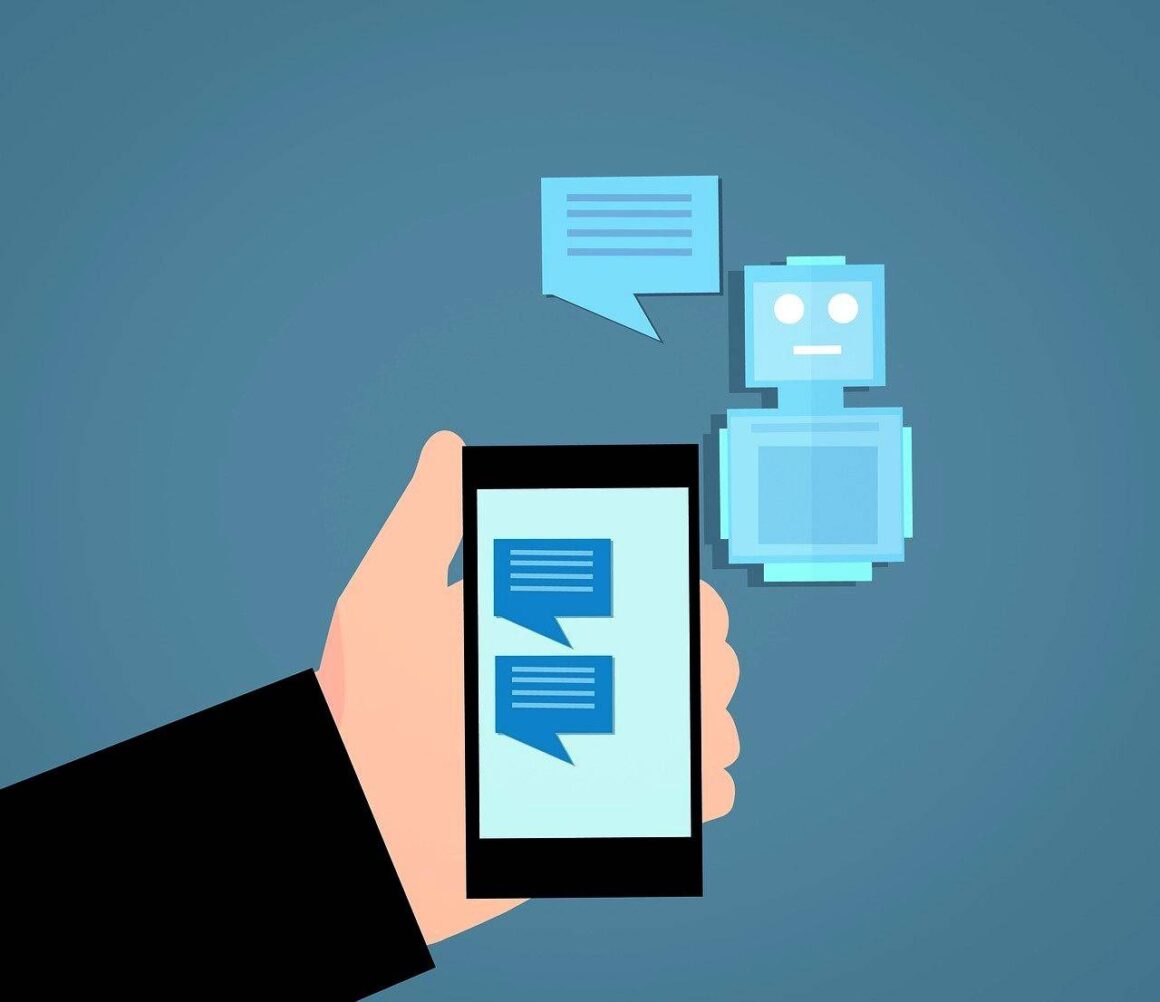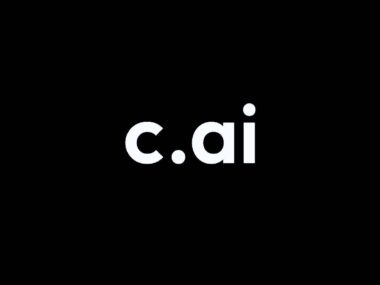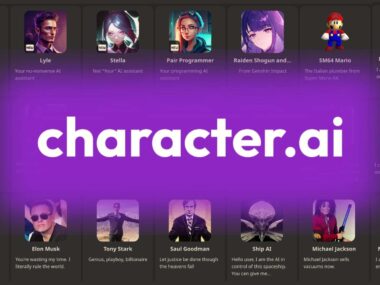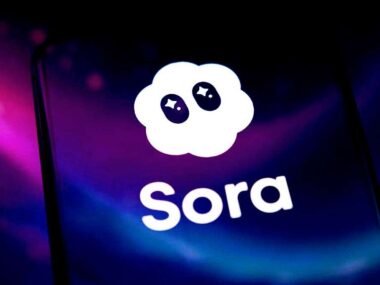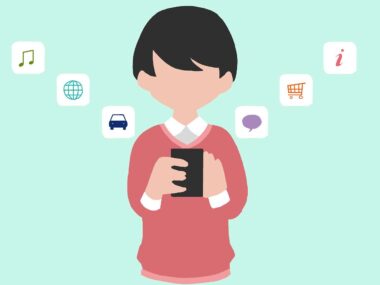Q: Can Obsession With AI Like ChatGPT Hurt Your Mental Health? 🤖🧠
AI is everywhere right now. But while millions use tools like ChatGPT casually, a growing number of people are sliding into a severe dependence. In rare cases, some even report disturbing psychological symptoms that feel like “going insane.” So what’s going on? And how does an AI chatbot become more than just a helpful assistant?
🧲 How Does AI Obsession Start?
At its core, AI dependence is built on a deceptively simple loop: the more helpful, supportive, and available ChatGPT feels, the more people turn to it. Sometimes they use it to fill emotional gaps they may not even recognize.
Here’s how that loop spirals:
1️⃣ Emotional Dependency and Addiction
Some heavy users start seeing ChatGPT not just as a tool, but as a friend, even using it to roleplay as a real person or a fictional character. Over time, they may feel anxious without it, lose control of their usage, and tie their moods directly to their AI interactions. That’s textbook behavioral addiction.
2️⃣ Escapism and Social Withdrawal
For people struggling with loneliness, anxiety, or depression, ChatGPT can feel like a safe refuge. But overreliance can pull them further away from real human connection, creating a cycle that deepens isolation.
3️⃣ Addictive Design
Let’s be honest: AI companions are built to feel warm, validating, and endlessly available. Features like personalized conversations and unpredictable responses (think: variable reward schedules, like gambling or social media) create a powerful hook.
4️⃣ Delusions and Psychosis-Like Symptoms
In rare but alarming cases, some users begin to believe ChatGPT is sentient, spiritually enlightened, or has given them cosmic missions. Experts have even coined terms like “ChatGPT-induced psychosis” to describe these extreme episodes of delusional thinking.
5️⃣ Worsening Mental Health
For vulnerable users, excessive AI use can trigger a cascade of issues: worsening anxiety, depression, impulse control problems, insomnia, and even suicidal thoughts.
🚩 Who’s Most At Risk?
AI dependency can affect anyone but certain groups are especially vulnerable:
- People already dealing with anxiety, depression, or trauma.
- Individuals struggling with loneliness or a lack of close relationships.
- Heavy tech users fascinated by AI’s novelty and capabilities.
🔬 Why AI Feels Different From Other Tech Addictions
Internet addiction isn’t new. But AI dependence works a little differently and in some ways, it’s more insidious.
🗣 Direct Human Simulation
Unlike social media or video games, ChatGPT interacts directly with the user as if it’s another person. There’s no intermediary; just you and the AI.
❤️ Personalization and Emotional Attachment
AI chatbots adapt to your style, remember your conversations, and offer tailored support. That kind of hyper-personalized interaction can foster unusually deep emotional bonds.
🎭 Parasocial Companionship
For some, AI becomes more than entertainment. It’s a confidant, a creative partner and even a therapist. This level of self-expression and companionship isn’t common in traditional internet use.
🔄 Adaptive Feedback Loop
Unlike static content, AI evolves with you. The more you talk to it, the more responsive and helpful it becomes, making it even harder to step away.
🤖 Blurring Human-Machine Boundaries
Because AI mimics empathy so convincingly, some users struggle to separate their feelings for the chatbot from real human relationships. That blurring can feed emotional confusion and delusion.
🧠 The Psychology Behind It
Why do some people get hooked on AI?
- Loneliness & Lack of Connection: AI fills an emotional gap for people lacking strong human relationships.
- Validation & Emotional Support: ChatGPT is endlessly patient, empathetic, and nonjudgmental; a powerful draw for those craving acceptance.
- Instant Gratification: Always available and responsive, AI offers instant relief from stress, sadness, or boredom.
- Escapism: For many, AI becomes a coping mechanism, offering a comforting alternative to real-world struggles.
- Addictive Design: Behavioral patterns mirror gambling addiction: preoccupation, mood swings, withdrawal, loss of control.
- Novelty Factor: The excitement of interacting with new technology can fuel obsessive curiosity that slowly crosses into dependence.
🛑 How To Break AI Dependence
AI dependence isn’t just a personal issue, it’s part of a much bigger conversation about mental health, technology, and how we care for each other. Real solutions require changes at multiple levels:
🌍 Make Mental Health Care Accessible
The best defense against AI addiction (or any behavioral addiction) is access to affordable, stigma-free mental health care. When therapy, counseling, and psychiatric services are widely available and affordable, people are far more likely to get the help they need before their struggles escalate into AI dependence or emotional crises.
We also need to break the stigma around mental health. Struggling with anxiety, depression, loneliness, or addiction isn’t a moral failure. It’s human. And treating it like any other health issue is key to prevention and recovery.
🏛 Pressure Tech Companies to Build Better Safeguards
Tech companies have a responsibility too. Platforms that create emotionally responsive AI should:
- Build in guardrails that gently encourage users to seek professional help if concerning patterns emerge.
- Avoid reinforcing delusions or feeding unhealthy parasocial dynamics.
- Create transparency around the limitations AI has, so users aren’t lulled into believing the AI is something it’s not.
AI should be designed to support mental wellness, not accidentally exploit emotional vulnerabilities.
💡 For Those Feeling Dependent: First Steps to Take
If you feel like your own AI use is becoming unhealthy, here are a few ways to start taking back control:
- Talk to someone you trust. Opening up to a friend, family member, or professional can help break the cycle of isolation.
- Set hard boundaries. Limit your AI sessions to specific times of day. Disable notifications. Use screen-time management tools.
- Rebuild offline connections. Make time for the things that give you emotional fulfillment. This includes face-to-face interactions, hobbies, exercise, or volunteering.
Recognize the warning signs. If you feel increasingly anxious, dependent, or preoccupied with your AI interactions, that’s your cue to seek help.
Use helplines and resources. Services like SAMHSA’s National Helpline (1-800-662-HELP) are available 24/7 for confidential support.
⚠️ The Bottom Line
AI chatbots like ChatGPT can be incredible tools. But they’re not substitutes for human relationships, professional care, or real emotional support. For most people, occasional conversations with AI are harmless. But for others, especially those already struggling, the risk of obsession, emotional dependence, and even mental health crises is real.
As AI gets better at mimicking us, we’ll need to get better at recognizing when our relationship with it crosses the line.
